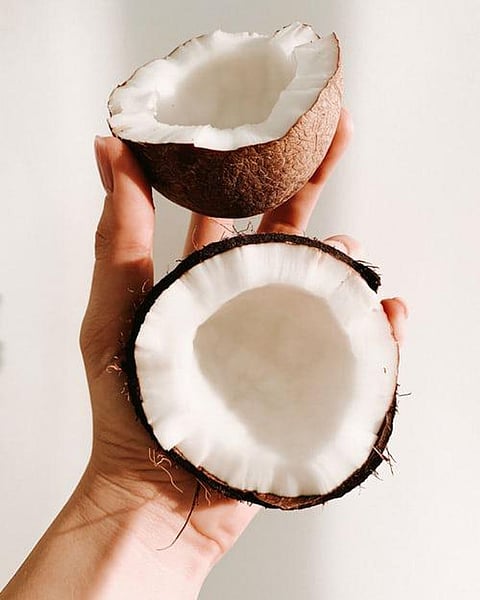Coconut shells are used in handcrafts and art. Many shapes are carved out of them, and they even work as sustainable utensils. The husk is used to spin coir which is stuffed in mattresses. In tourist locations, the husk is collected and spun into bird nests, a popular souvenir found in many houses. The inner flesh is used to season almost any dish, and the oil that is obtained from cold-pressing the coconut meat, is used for widely in cooking, cosmetics, and Ayurveda. The tree is the most resistant to insects, and its wood is therefore used to build rafters. The leaves and fibers are used to make ropes, and brooms.


